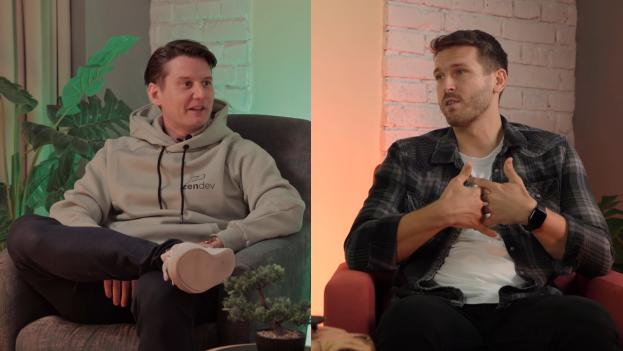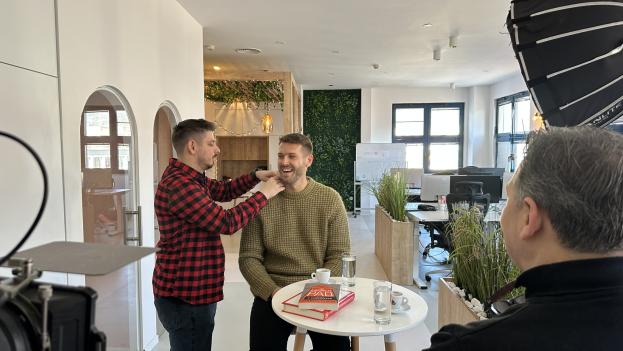We had an idea that we didn’t want to pay out a dividend equally to all coworkers but rather a bit more to people that “deserved” it more.
Our initial idea was to have two groups.
- Gold - 20% of the best performers share 50% of the coworker pot
- Silver - 80% the share the remaining 50% of the coworker pot

*The initial idea that we did not implement
After some actual thinking of how to implement this, some problems quickly arose.
- It’s a bit unfair on “the borders”. The person(s) that are in the top 30% performers, but no in the top 20% will get a significantly smaller amount of dividend.
- What happens when things change over time, and someone that once was a gold member all of a sudden falls out to become a silver member? How will that affect that person and the company?
- How will we actually, in a fair way, evaluate who the top 20% of performers are?
I then had a friend send me an article about how Nathan Barry had implemented something similar in his company Converter kit.
They chose to evaluate people on five levels and do a yearly profit share based on the evaluation.

*Nathan Barry's way of profit share implementation
The baseline of the shares was then multiplied by the level achieved. So if the baseline profit share is $1000, that means that someone that, for example, scored “1” would get 1 x 1000 ($1000), while someone that scored a “4” would get 4 x 1000 ($4000).
When I read this initially, I felt it was better than our Gold/Silver variant as it was more evenly distributed, and felt more flexible.
With that said, the primary problem still remains: In a subjective world, how would we objectively compare top performers across multiple departments (developers, designers, HR, marketing etc)? Also, if we constantly need to be doing it, how much of our company resources would go to evaluating the almost 100 people in our company over and over again?
After months of pondering on this, I found an acceptance that such a thing would create more trouble than anything else, and we decided that our profit share was going to be a loyalty program.










